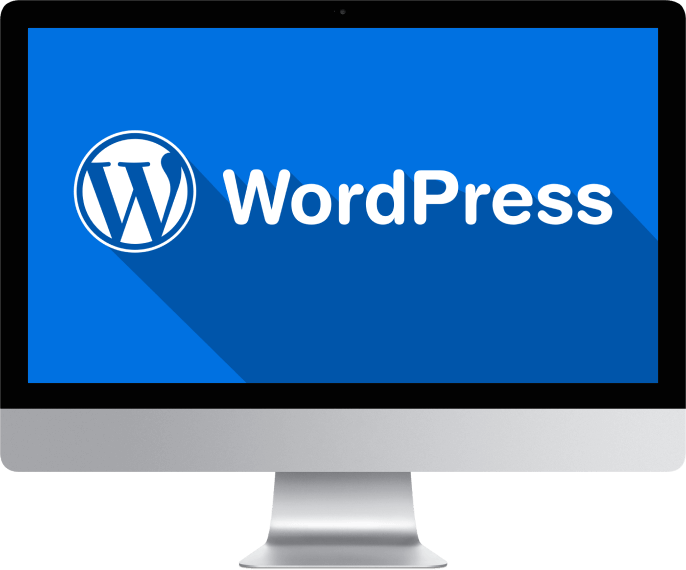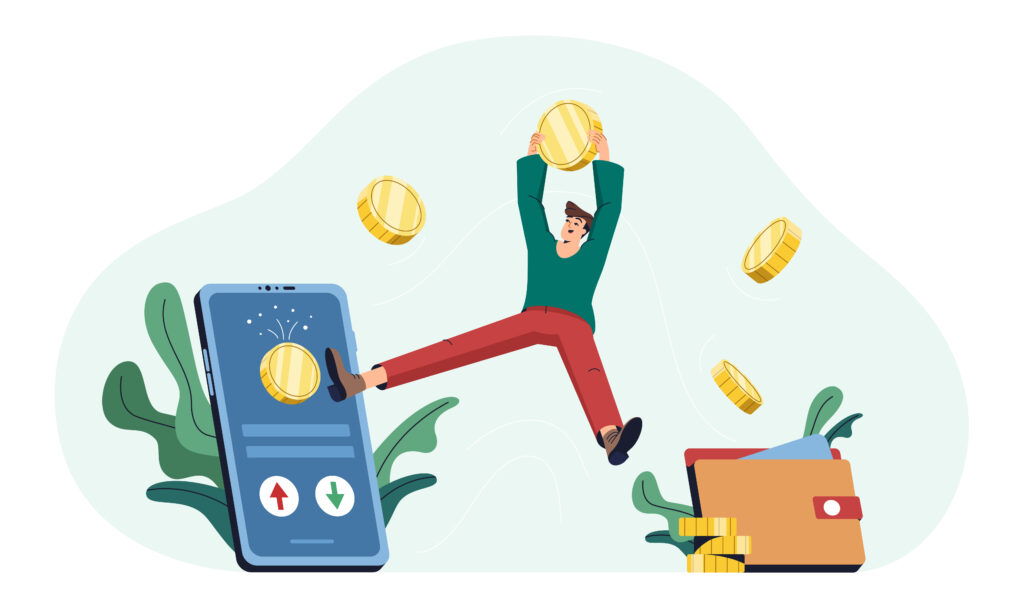AI-Driven Web Design: How Automation is Transforming SEO Strategies
In the modern digital era, the intersection of technology, creativity, and data has reshaped how websites are designed, developed, and optimized for visibility. Companies offering the fastest wordpress development services are now harnessing the power of artificial intelligence (AI) to revolutionize both user experience and search engine optimization (SEO). As AI continues to redefine the landscape, web designers and marketers are discovering that automation doesn’t just make work faster — it makes it smarter, more adaptive, and more aligned with how both users and search engines think.
1. The Rise of AI in Web Design
Artificial intelligence is no longer an experimental technology reserved for data scientists. It has become a core element of modern web development and design. From automating layout generation to predicting user behavior, AI tools have introduced a new level of intelligence and efficiency into the design process.
In the past, building a website required countless hours of manual design adjustments, A/B testing, and guesswork about user intent. Today, AI-powered platforms can analyze vast amounts of data to predict what users want, how they navigate websites, and what designs lead to higher engagement.
Machine learning algorithms can recommend the most effective color schemes, typography, and layouts — all based on user interaction patterns. This ensures that every design decision contributes to a seamless and optimized user journey.
2. Automation Meets Creativity
One of the biggest misconceptions about AI-driven design is that it replaces creativity. In reality, it enhances it. Automation removes repetitive and time-consuming tasks, allowing designers to focus on creative storytelling, emotional connection, and brand identity.
Tools like Adobe Sensei, Figma’s AI features, and Wix ADI have streamlined workflows that previously required days of manual effort. Designers can now auto-generate responsive layouts, content blocks, and SEO-friendly templates in seconds. The result? Faster development cycles, fewer human errors, and consistent quality across devices and platforms.
Moreover, automation empowers creative experimentation. Designers can instantly test multiple variations of design elements — from calls to action to visual hierarchy — and gather real-time feedback through AI analytics. This data-driven creativity ensures that websites aren’t just beautiful but also high-performing and conversion-focused.
3. How AI Impacts SEO at Its Core
SEO has evolved far beyond keyword stuffing and backlink counts. Today, it’s about understanding user intent, behavior, and engagement — areas where AI excels. Search engines themselves, led by Google’s AI-driven algorithms like RankBrain and BERT, are constantly learning from user patterns to deliver more accurate and personalized results.
AI-powered web design directly complements this evolution by ensuring that websites are optimized for both human users and machine understanding. Here’s how:
-
Content Relevance: AI tools analyze top-performing content and suggest improvements to match search intent.
-
Semantic Optimization: Natural language processing (NLP) helps structure content in a way that search engines easily interpret.
-
Image Recognition: Automated image tagging and compression tools improve accessibility and performance.
-
Predictive SEO: Machine learning predicts future keyword trends, helping businesses stay ahead in competitive search spaces.
By integrating AI into web design, developers ensure that every aspect of a website — from structure to visuals — is built with SEO performance in mind.
4. Personalized User Experiences for Better Rankings
Personalization is one of the strongest links between AI and SEO. Search engines reward websites that engage users longer and deliver relevant experiences. AI makes this possible through behavioral analysis, user segmentation, and adaptive content delivery.
Imagine a website that dynamically adjusts its homepage layout based on a visitor’s browsing history, or a content section that recommends blog posts based on user interest. This type of personalization increases dwell time, decreases bounce rates, and sends strong positive signals to search engines.
AI-driven chatbots also play a crucial role in personalization. They enhance user interaction by providing instant support, guiding visitors through pages, and collecting valuable data for future optimization. Every personalized experience not only improves customer satisfaction but also strengthens SEO performance.
5. Voice Search, Visual Search, and AI Optimization
AI’s influence extends beyond traditional text-based SEO. With the rise of voice-activated devices like Alexa and Siri, as well as visual search tools like Google Lens, SEO strategies are rapidly evolving.
AI-driven web design ensures that websites are prepared for these emerging trends. Developers can now optimize sites for voice search by incorporating conversational content and long-tail keywords that reflect natural speech patterns. Similarly, visual search optimization involves AI tools that automatically generate descriptive alt text, improve image quality, and ensure faster load times.
These integrations make websites future-ready, giving them an edge in an SEO environment that increasingly values accessibility, user convenience, and machine readability.
6. The Role of Data Analytics and Predictive Design
Data is the backbone of AI-driven web design. Every click, scroll, and interaction provides insights into user preferences and behaviors. AI systems analyze this data to predict what changes can improve performance — a concept known as predictive design.
Predictive design enables websites to evolve continuously. For instance, AI can identify which design elements correlate with higher conversions or lower bounce rates. It can suggest when to update layouts, adjust CTAs, or refresh content based on real-time user engagement data.
These insights eliminate guesswork and help businesses maintain consistent SEO growth over time. Instead of reacting to ranking drops or user behavior shifts, developers and marketers can proactively optimize the site before performance declines.
7. Core Web Vitals and AI-Powered Performance Optimization
Google’s Core Web Vitals — metrics that measure loading speed, interactivity, and visual stability — are critical ranking factors. AI automation helps developers monitor, test, and improve these vitals continuously.
For example:
-
AI-based performance monitoring tools detect bottlenecks that slow down page speed.
-
Automated compression algorithms optimize images and scripts for faster load times.
-
Predictive caching systems reduce latency by learning user access patterns.
By handling these technical optimizations automatically, AI ensures that websites consistently meet or exceed performance benchmarks — a key factor for SEO and user retention.
8. Ethical Design and Algorithm Transparency
While AI offers immense potential, it also brings new responsibilities. Developers must ensure that automation supports ethical design principles and transparent SEO practices.
For instance, relying too heavily on AI-generated content can risk duplicate or low-quality material, which search engines penalize. Similarly, data collection for personalization should respect user privacy laws such as GDPR and CCPA.
Responsible AI-driven design emphasizes balance — using automation to enhance user experiences, not exploit them. Ethical coding and transparent algorithm use will be defining traits of successful websites in the coming years.
9. The Future: AI as a Design Partner
AI’s role in web design and SEO is still expanding. In the near future, we can expect fully autonomous systems that not only design and deploy websites but also optimize them in real time. These systems will continuously analyze analytics data, update content, and make design adjustments without manual intervention.
However, humans will remain the creative force behind the strategy. AI will serve as a powerful partner — the analytical mind that complements human intuition and storytelling. The future belongs to teams that can merge artistic vision with algorithmic precision.
10. Integrating AI into Your Web and SEO Strategy
For businesses and developers looking to stay competitive, integrating AI into their design and SEO workflow is no longer optional — it’s essential. Here’s how to get started:
-
Adopt AI-Powered Tools: Use platforms like SurferSEO, Clearscope, or Jasper for AI-driven content optimization, and leverage AI design tools like Framer or Uizard.
-
Automate Routine SEO Tasks: Implement machine learning models that automate keyword analysis, backlink audits, and ranking reports.
-
Focus on User Intent: Use AI analytics to understand why users behave a certain way and tailor your design accordingly.
-
Test and Iterate Continuously: AI thrives on data. The more feedback it gathers, the smarter your design and SEO strategy become.
By combining human creativity with machine precision, businesses can build future-proof digital ecosystems that rank well, engage deeply, and evolve intelligently.
Conclusion
AI-driven web design represents the perfect fusion of technology and strategy — where automation amplifies creativity and data informs every decision. From layout generation to SEO forecasting, AI empowers developers and designers to create digital experiences that are faster, smarter, and more relevant than ever before.
As AI continues to evolve, the line between design, development, and optimization will blur even further, leading to a new era of intelligent, adaptive websites. Those who embrace AI early — not just as a tool, but as a partner in creativity — will be the ones shaping the digital landscape of tomorrow.



